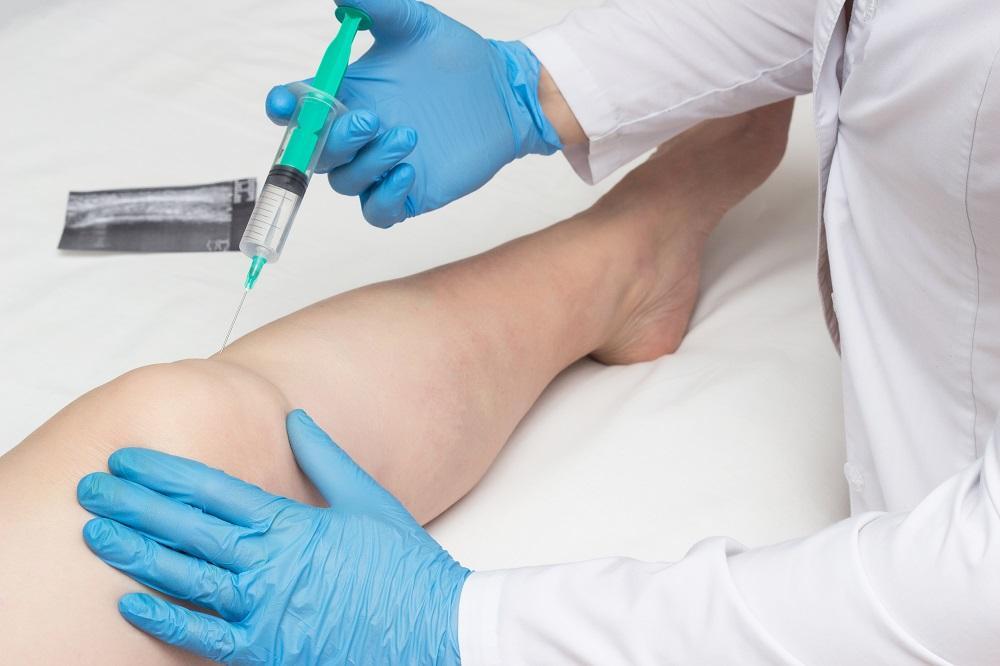Stem cells differentiate into specialized cells, such as those found in muscles, tissues, and ligaments. When injected into the body, stem cells stimulate healing by repairing damage to torn or inflamed muscles. Stem cell therapy has the potential to alleviate discomfort associated with various conditions, including arthritis and lung disease. Here are a few ways stem cell injections work:
Cell Harvesting and Preparation
Stem cells are undifferentiated cells found in bone marrow, fat tissues, and birth tissues, such as the umbilical cord and amniotic fluid. They’re usually mixed with other plasma cells and must be extracted and concentrated before injection. Before stem cell therapy, your doctor determines a suitable source for stem cells to minimize the likelihood of immune rejection. If the doctor cannot use your own cells, they obtain donor stem cells with consent from umbilical cords or amniotic fluid.
The stem cell-containing plasma is processed in a centrifuge, separating the cells from the plasma. Stem cells are then purified, concentrated, and preserved in frozen conditions. During therapy, the cells are injected into the targeted area. Unused cells are cryopreserved for future use.
Injection and Cellular Response
A stem cell therapy procedure involves injecting the concentrated stem cells directly into the injured or diseased area. Stem cells can be injected into joints, tendons, spinal discs, and other places where pain and inflammation occur. The process is guided using imaging technologies, such as ultrasound or X-ray, for accuracy. Once injected, the stem cells begin to multiply, acting as a scaffold for new tissue growth. They also have the potential to release growth factors.
Tissue Regeneration and Healing
Since stem cells are undifferentiated, they can develop into different specialized cells depending on where they are injected. Injecting them into injured muscles and tissues encourages them to develop into those cells. The growth factors they release stimulate your body’s natural healing response, which may help repair damaged tissue and reduce inflammation.
Your body initiates the healing process at the injection site, while the stem cells multiply and repair the damaged joints and tissues. This helps reduce pain and stiffness and improves mobility. You may experience symptom improvement and complete recovery for minor injuries and issues. Stem cell injections also have the potential to support long-term benefits, such as restoring function to damaged ligaments.
Targeted Conditions and Benefits
While the FDA doesn’t approve stem cells as treatment options for specific conditions, clinical studies have shown promise in addressing various health concerns. For stem cells to be effective, they must be derived from your body or screened donors. This screening reduces the risk of rejection while promoting long-term effectiveness.
Some conditions that stem cells may aid include:
- Arthritis
- Joint pain, including in the knee, ankle, and shoulder
- Tendonitis
- Meniscus tears
- Parkinson’s
- Chronic bronchitis
Get Started with Stem Cell Therapy Today
Stem cells offer a natural alternative to steroid injections or other conventional treatment options. The therapy is also minimally invasive, allowing patients to return to their daily routines quickly. Contact an integrative medicine practitioner today to learn more about stem cell therapy and how it works.


Leave a Reply